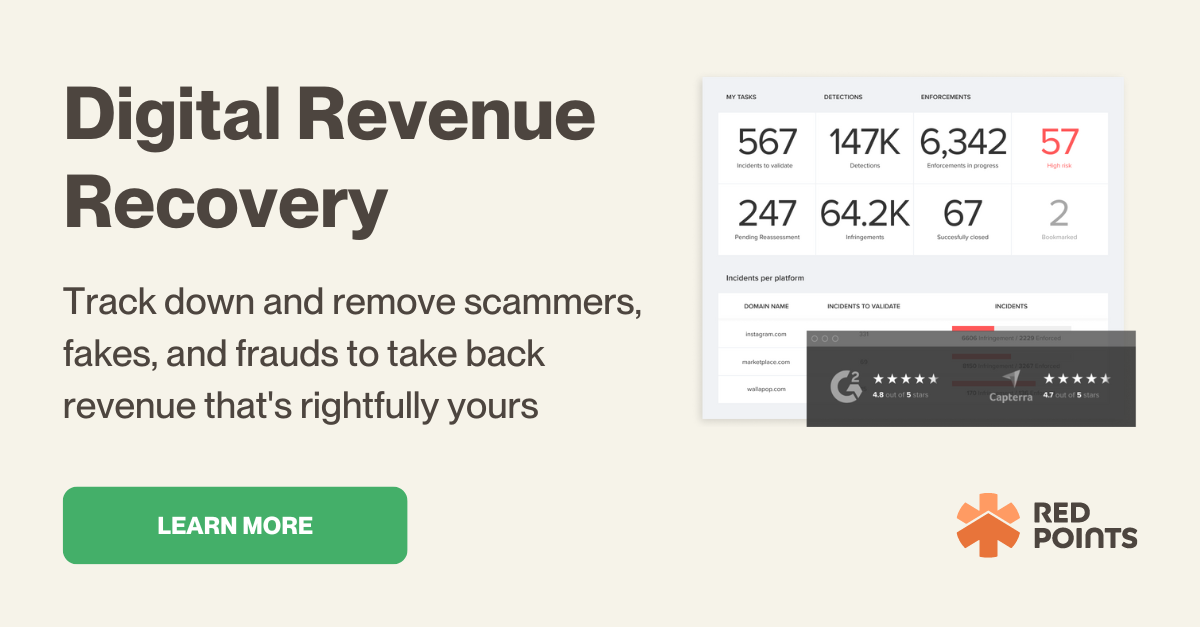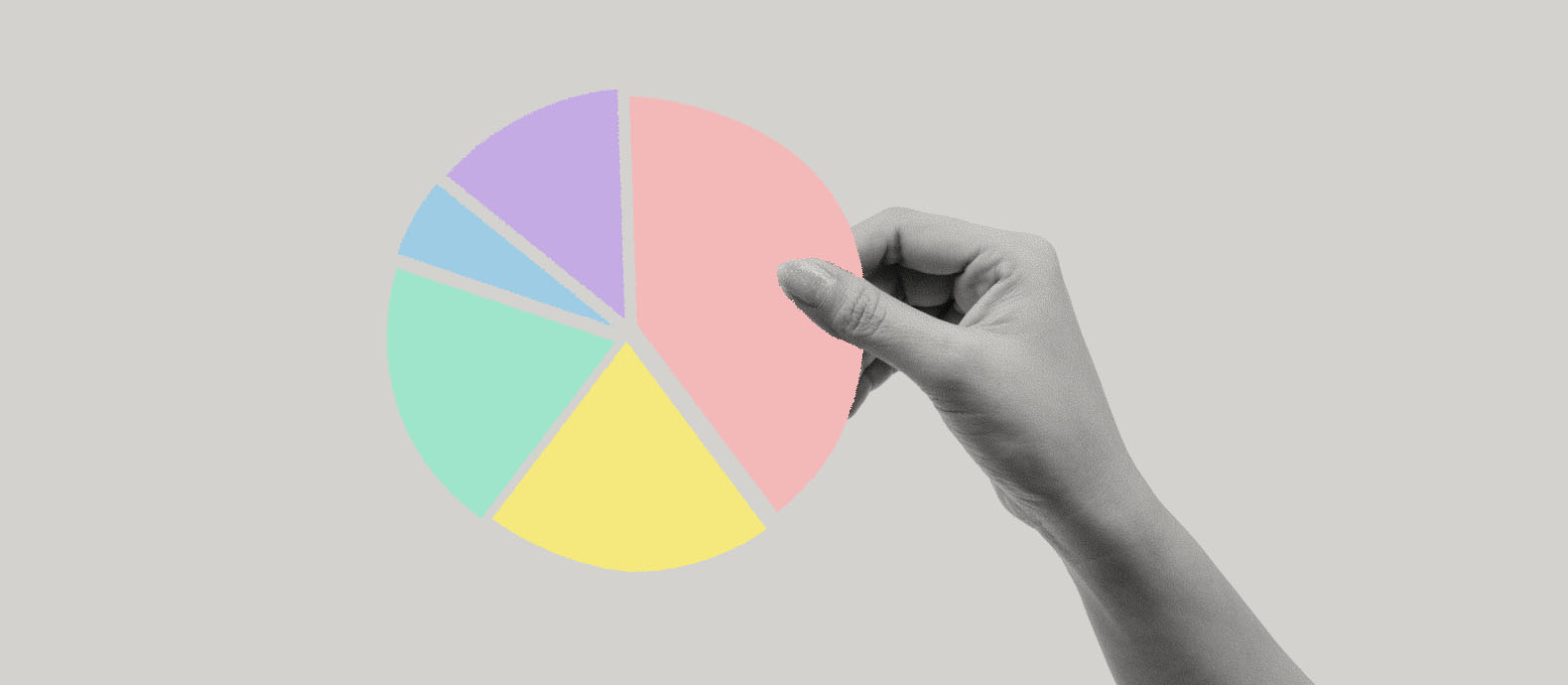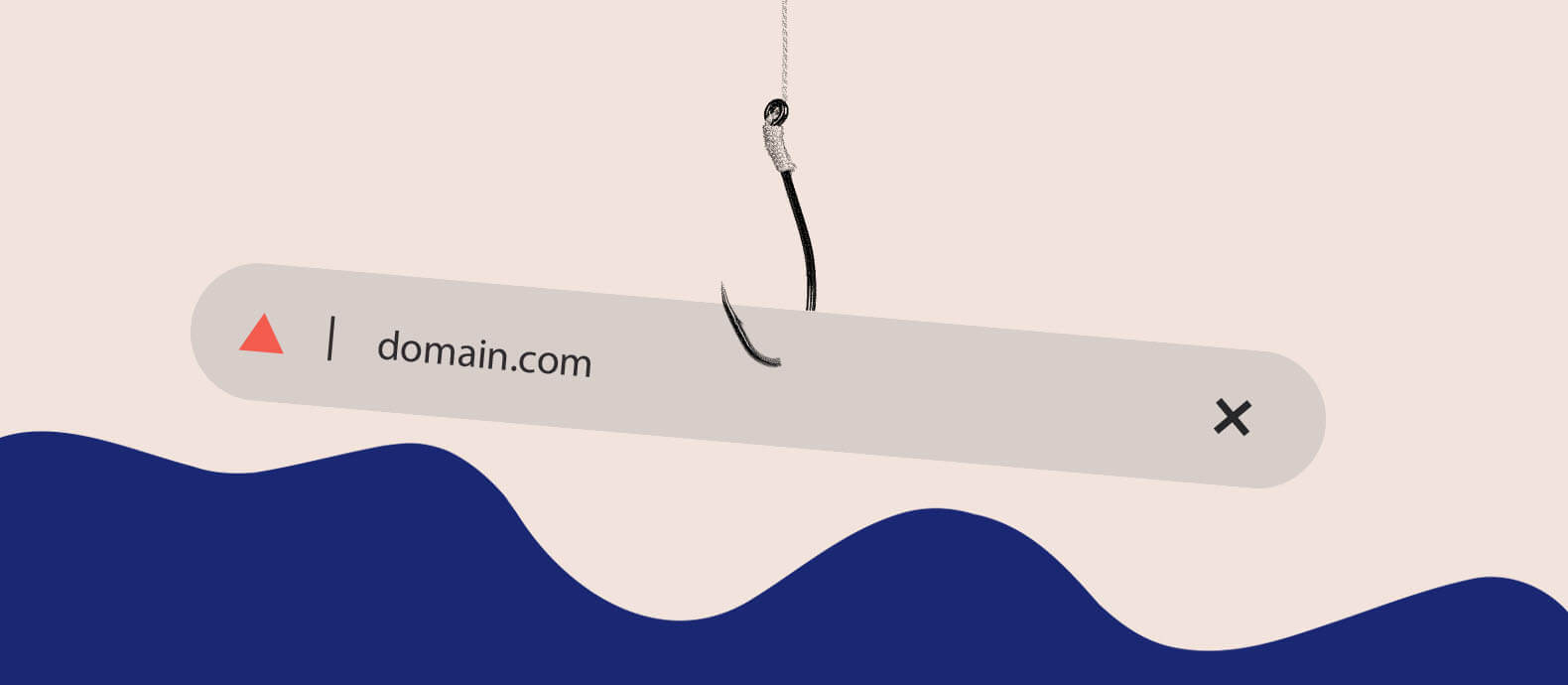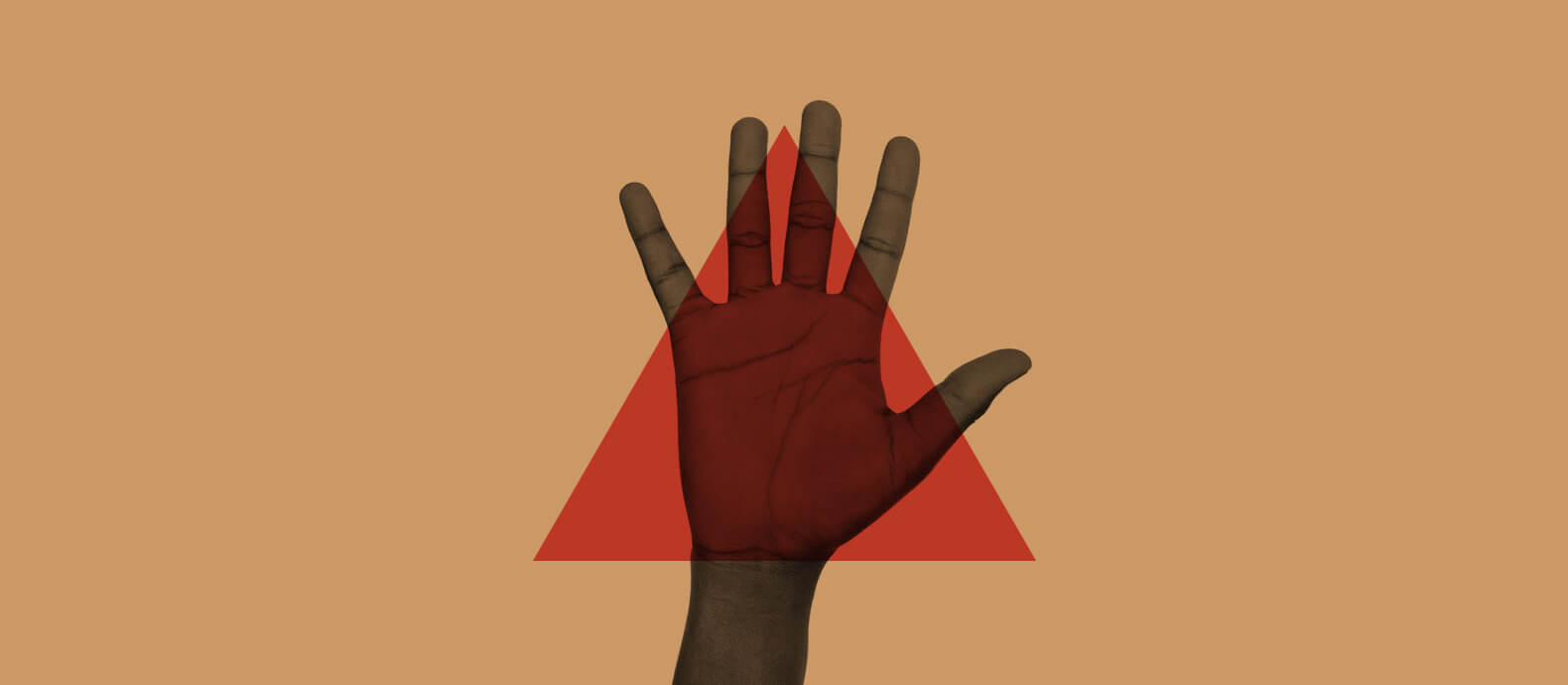With the ecommerce boom, businesses should be proactive in monitoring how their brand is mentioned and perceived in various channels on the internet or media.
While the Internet and social media obviously offer many benefits , it is also a double-edged sword for businesses. Virtually everyone on the internet can:
- Steal your online content and publish it elsewhere
- Impersonate yourself or your brand and scam your audience
- Steal your valuable/confidential/sensitive information
And these are just the tip of the iceberg.
Brand monitoring allows you to pay attention to these types of infringements and help you determine the best actions to take for each situation.
This guide will discuss all you need to know about brand monitoring, its importance for your business, and how to make the most of it to protect your brand reputation and generate revenue.
Without further ado, let us begin this guide right away.
What is brand monitoring?
At its core, brand monitoring is a business analysis process that involves identifying (and then analyzing) all mentions of your brand on all forms of online channels and media: websites, social networks (Twitter, Instagram, Facebook, etc.,) advertisements, news sites, and other forms of media.
In practice, brand monitoring may also involve keeping track of various content related to your competitors and the industry as a whole.
However, as fraudsters are becoming more sophisticated in their efforts to commit fraud by using familiar logos, trademarks, messaging, product images, and other recognizable brand elements to commit impersonation attacks, an all encompassing brand monitoring strategy should also allow organizations to rapidly detect and identify unauthorized uses of their brand assets online in real time.

What should you monitor to protect your brand and revenue?
But when it comes to effectively protecting your brand’s intellectual property and ultimately revenue, you may wonder what exactly should I be monitoring?
Your brand name mention is one thing, but a holistic brand monitoring approach should also monitor other metrics. Here are some of the important metrics to monitor:
- Brand name variations
Besides your actual brand name, monitoring brand name variations can also be effective in helping you gain valuable insights on potential infringement of your brand. A common tactic used by bad actors to mislead consumers into buying from their website is called typosquatting.
Typosquatting is a practice through which a website host registers domain names similar to popular brands that contain misspellings or typographical errors like “amzon.com” instead of “amazon.com”. As web addresses are prone to typos, infringers seek to get an advantage from internet users who are unaware that they are navigating on an untrustworthy website. Typo domains usually lead to web-optimized landing pages and fake websites that generate profits for the hosts or trick users into revealing personal data.
- Impersonation and infringement
Another important thing you should regularly monitor is the existence of bad actors impersonating your brand in various forms (fake websites, fake ecommerce stores, social media accounts impersonating your brand, etc.) The sooner you identify these impersonations and other Intellectual Property (copyright, trademark, patent) infringements, the faster you can take the necessary actions, including taking down these fake websites and taking legal actions.
- Black Hat SEO
Counterfeiters will use every method at their disposal to sell fakes, and learn key strategies from marketers to beat authentic brands to the top of search engine results, one of them is called Black Hat SEO.
Black hat SEO is a practice against search engine guidelines, used to get a site ranking higher in search results. The techniques involved can range from spammy to outright malicious, all of which go against the guidelines set out by the search engine. Black Hat SEO is used to quickly turn a profit on a website, rather than building a website intended for long-term use.
The image below is a prime example of how effectively black hat SEO can be used by counterfeiters. The page that a search for “cheap Real Madrid jerseys” brings up is listed entirely by counterfeit-selling websites for the first half of the page results, with only the final 5 organic results showing the authentic brand or legitimate resellers. The final result is a paid-for advert, purchased by an online marketplace that also lists fake Real Madrid jerseys.
Benefits of brand monitoring to protect your brand’s reputation and revenue
Detect impersonation and IP infringement early
A key advantage of brand monitoring is how it allows businesses to monitor the internet for possible copyright/trademark/patent infringements, including and especially impersonation by bad actors.
Here are some examples of how these infringements may affect your business:
- Fake or rogue websites: fake websites set up by bad actors to imitate the official site of your brand, often with a subverted version of your official website’s URL. The fake website can then be used to attract and scam your visitors, sell counterfeit products, etc.
- Social media impersonation: fake social media accounts impersonating your official social media profile, typically for redirecting consumers to fake websites or rogue ecommerce platforms.
- Phishing scams: any type of scam involving brand impersonation in order to gather sensitive/confidential information (including customer’s information.) The collected information can then be used.
- Digital piracy: digital piracy occurs when scammers and internet users illegally copy and upload content that doesn’t belong to them online. From novels, songs, and movies, to software and apps, just about any form of creative content can be pirated online.
With the state of the internet and social media at the moment, regular monitoring of these fraudulent activities is crucial. Fighting against these infringement and scam attempts is a race against time: the earlier you identify these rouge websites and fake social media profiles, the more chance you can mitigate the damage and protect your brand integrity and ultimately revenue.
Tools to perform brand monitoring
Now that we’ve learned what to monitor in brand monitoring and the importance of doing so, let’s take a look at some of the most important brand monitoring tools to you should leverage:
1. Google Alerts
Don’t underestimate how capable the free Google Alerts is.
Google Alerts only offer a single main functionality: sending automated alerts when a specific keyword (you’ve configured on the tool) is mentioned on the Internet.
For the sake of brand monitoring, you can use Google Alerts to create alerts monitoring your brand name and its variations. You’ll then be notified by email whenever someone mentions your brand name variations online,
While Google Alerts is quite limited when it comes to analytics, it’s really powerful and reliable in delivering its core functionality.
2. Hootsuite
Hootsuite is your go-to solution when it comes to brand monitoring on social media; capable of monitoring brand mentions on Twitter, Facebook, Instagram, LinkedIn, Pinterest, YouTube, and TikTok.
With Hootsuite, you can create custom streams to monitor content on these social networks. You can also configure the streams to monitor only a specific area of each social network (i.e., retweets on Twitter,) and you can also implement filtering based on keywords, hashtags, and locations.
3. Red Points
Red Points is a Brand Protection Solution designed to protect brands against various forms of infringements.
In this case, Red Points can help scour the internet to automatically identify fake websites, fake social media accounts, and impersonations of any kind. Not only that, but Red Points can also automatically report these websites or social profiles so they can be taken down by the respective platform.
In the case where you’d like to take legal action against the bad actor impersonating your brand, Red Points can also automatically collect data you can use as evidence in presenting your case.
What’s next
Above, we have discussed the importance of brand monitoring and how to use it to improve your business’s performance and protect your brand’s integrity.
We’ve also shared a few ideas for tools that can help you monitor brand mentions, as well as impersonation attempts of your brands in various forms.
We hope you can use this guide to implement brand monitoring best practices and help you organize your efforts in understanding your audience, beating your competitors, and protecting your Intellectual Properties online.







